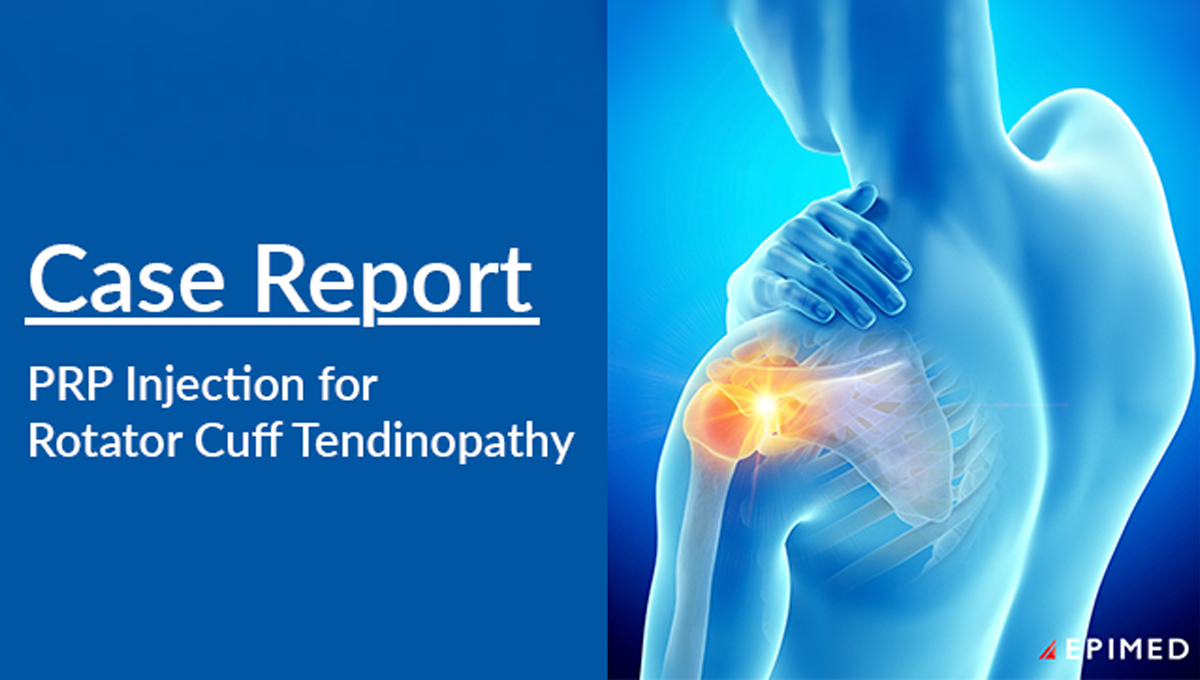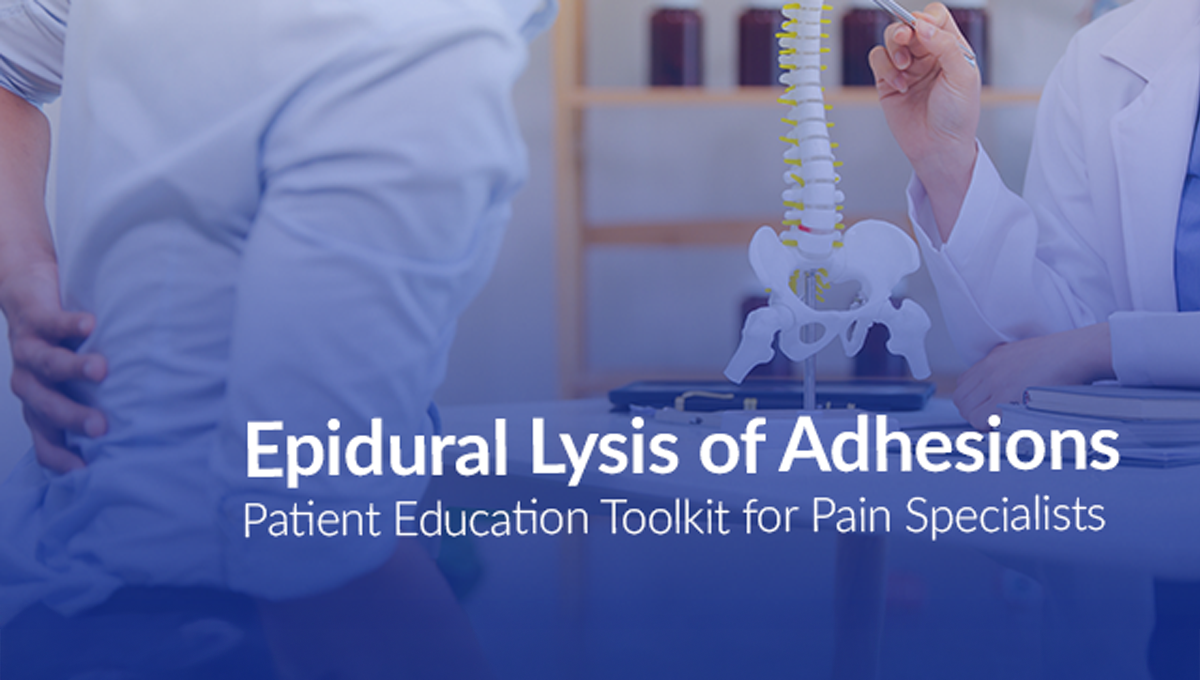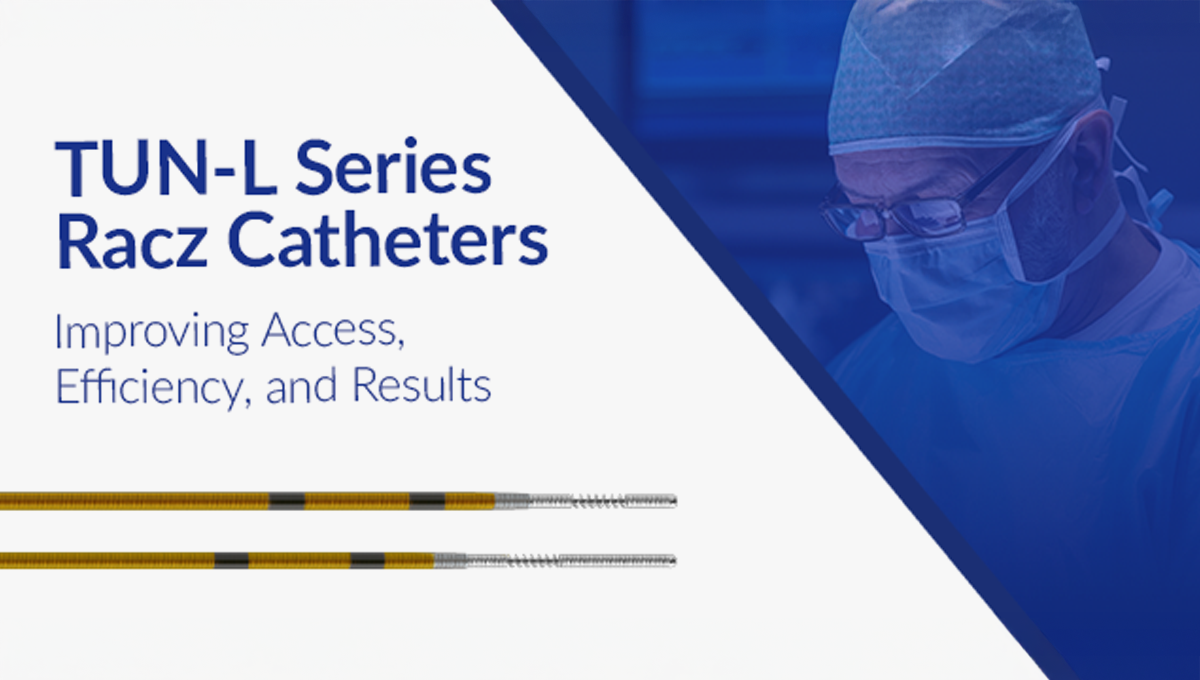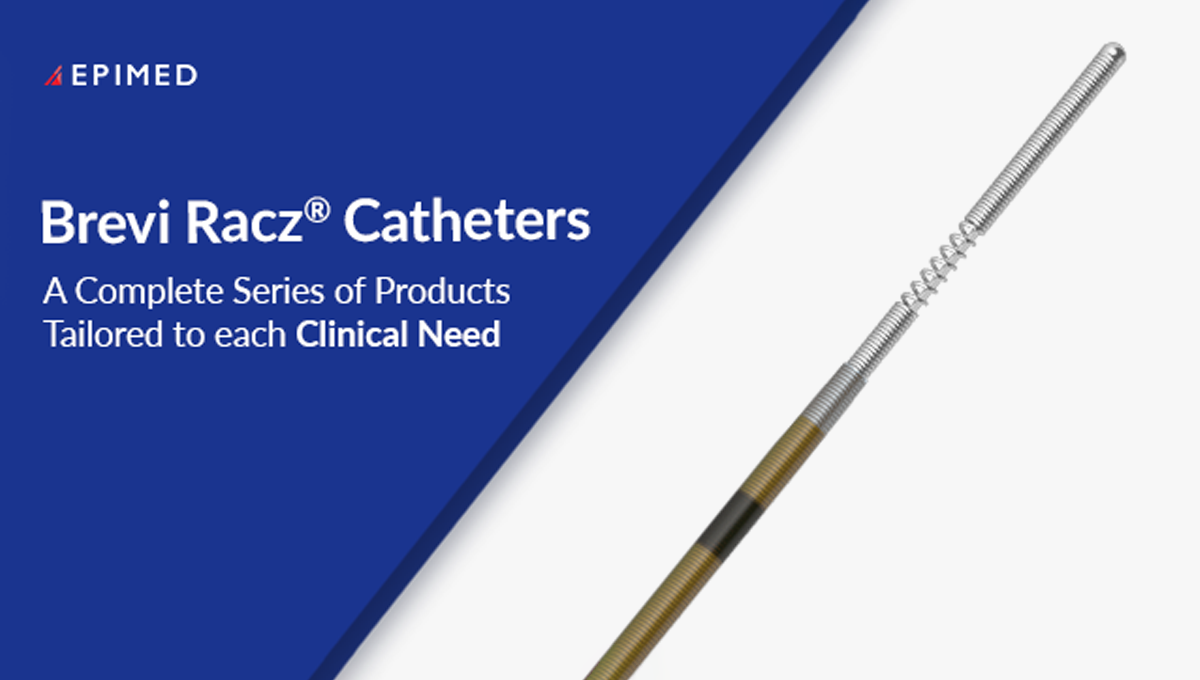Platelet-Rich Plasma Treatment of a Rotator Cuff Tendinopathy
Report written in collaboration with Dr. Avi Chavda, August 2024
Introduction
Approximately 2 million people in the United States suffer from rotator cuff tendinopathy each year*. This condition is a leading cause of shoulder pain, primarily affecting individuals over 50, often due to overuse or acute injuries. Platelet-rich plasma (PRP) therapy has emerged as a promising intervention due to its ability to harness the body’s natural healing mechanisms.
The treatment goal was to improve the patient’s shoulder function by helping them to regain the ability to complete everyday tasks, such as reaching for items on a high shelf, while also offering much needed pain relief. In this case, the potential benefits of PRP therapy for those patients with rotator cuff issues are discussed. The PRP was prepared using the Epimed’s Tropocells® PRP kits 22ml and administered into the degenerative area of the supraspinatus tendon.
Clinical Presentation and Management of Rotator Cuff Tendinopathy
Rotator cuff tendinopathy can involve the degeneration of tendons, leading to pain, weakness, and impaired shoulder function. It often results from repetitive strain or acute injury. Typical symptoms include shoulder pain aggravated by movement and difficulties with overhead activities. This condition significantly impacts patients’ quality of life and requires effective management to restore functionality.
PRP Injection Procedure using Epimed’s Tropocells PRP Kit 22ml
Patient Background
Diagnosis: A patient presented with chronic shoulder pain diagnosed as rotator cuff tendinopathy, unresponsive to conservative treatments. He dealt with a shoulder pain for over a year due to repetitive overhead activity.

Treatment: PRP injection
Blood Collection: 22ml of blood was drawn from the patient and processed using the Tropocells PRP kit 22ml. The system’s streamlined design allows for efficient platelet concentration.
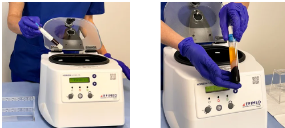
Centrifugation: the blood sample underwent centrifugation to separate PRP, utilizing Tropocells’ advanced gel separation technology to isolate platelets and eliminate undesirable components such as red blood cells (RBCs) and neutrophils.
PRP Preparation: After removing the platelet-poor plasma (PPP), the PRP was collected from the tube collection. The resulting PRP, characterized by a high concentration of platelets and monocytes, the resulting PRP was ready for injection.
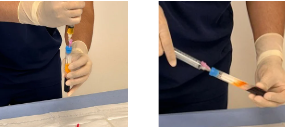
Injection:
The patient was seated upright . The PRP was injected into the degenerative area of the supraspinatus tendon, ensuring precise delivery to the affected tissue.
The patient took a rest post-injection and during 24 hours, with the gradual reintroduction of physical therapy the days after.

Outcomes:
The patient felt a clear improvement 10 days aft er his PRP injection. As each patient is unique, results may vary.
Practical Benefits of Epimed’s Tropocells PRP for Pain Physicians
Ease of Use: Tropocells PRP technology simplifies PRP preparation, making it user-friendly and efficient, typically completed in less than 15 minutes.
User-Friendly Design: The system’s closed, sterile design minimizes the risk of contamination and ensures consistent PRP preparation. This reduces preparation complexity, making it suitable for integration into various clinical settings without requiring extensive additional training.
Patient Comfort: Tropocells’ advanced gel barrier effectively removes 99.9% of RBCs and 95% of granulocytes, reducing the inflammatory response post-injection and enhancing patient comfort. A smaller volume of blood is required compared to a standard solution.
Key Features include:
- Higher Platelet Yield: Optimized formulation yields high platelet concentration with less blood volume.
- Single Spin Centrifugation: A quick 10-minute spin ensures efficient PRP separation.
- Ease of Use and Training: The Tropocells system’s intuitive design requires minimal training,
enabling pain physicians to quickly integrate PRP therapy into their practice with consistent results. - Patient Comfort: A small volume of blood is required.
- Minimal Transfers: Streamlined process minimizes handling, reducing contamination risk.
- Specific Glass Tube Collection: Blood is drawn into a glass tube with a preloaded anti coagulant, reducing preparation steps.
Summary and Clinical Implications for PRP Therapy in Rotator Cuff Tendinopathy
Platelet-Rich Plasma (PRP) therapy, facilitated by the Epimed’s Tropocells PRP system, offers pain physicians an effective and natural option for managing rotator cuff tendinopathy. This technology simplifies the PRP preparation process, ensuring high-quality PRP with minimal steps and less blood volume. It serves as a practical alternative to corticosteroid injections,
aligning with contemporary preferences for natural and patient-friendly treatments.
Key Clinical Implications:
- Efficient and User-Friendly: The Tropocells PRP system’s streamlined process reduces preparation time and complexity, making PRP therapy easily adaptable in clinical settings.
- High-Quality PRP: The advanced gel separation technology yields a concentrated platelet-rich plasma with minimal inflammatory cells, promoting effective tissue regeneration.
- Natural Treatment Option: Utilizing the body’s own healing mechanisms, Tropocells PRP provides substantial pain relief and functional improvement without the potential side effects associated with corticosteroids.
Patient Benefits:
- Enhanced Comfort: The small blood volume required and reduced inflammatory response post-injection enhance patient comfort and satisfaction.
- Significant Outcomes: PRP therapy with Tropocells has shown to deliver considerable pain relief and improved shoulder function, making it a valuable addition to modern pain management strategies.
Epimed’s Tropocells PRP integrates seamlessly into pain management practices and provides a treatment option for patients with rotator cuff tendinopathy and other musculoskeletal conditions. Available in two sizes, 11ml and 22ml, Tropocells kits allow physicians to cater the volume of PRP to the unique treatment needs of each patient. This case report was prepared in collaboration with Dr. Avi Chavda – Virtuoso Spine & Joint. for general education purposes only.
References:
*American Academy of Orthopaedic Surgeons (AAOS) – The AAOS provides comprehensive data on the prevalence of rotator cuff injuries and their impact on shoulder pain in the U.S.
Other resource: Subacromial injection of autologous platelet-rich plasma versus corticosteroid for the treatment of symptomatic partial rotator cuff tears. The study presented evidence for PRP injection as a good alternative to corticosteroid injection for patients with partial rotator cuff tears, especially in patients with a contraindication to corticosteroid administration. Study https://pubmed.ncbi.nlm.nih.gov/27544678/
Disclaimer: This description of Platelet-Rich Plasma (PRP) Therapy is intended for general education purposes only.
 Sign in
Sign in
 Create Account
Create Account


